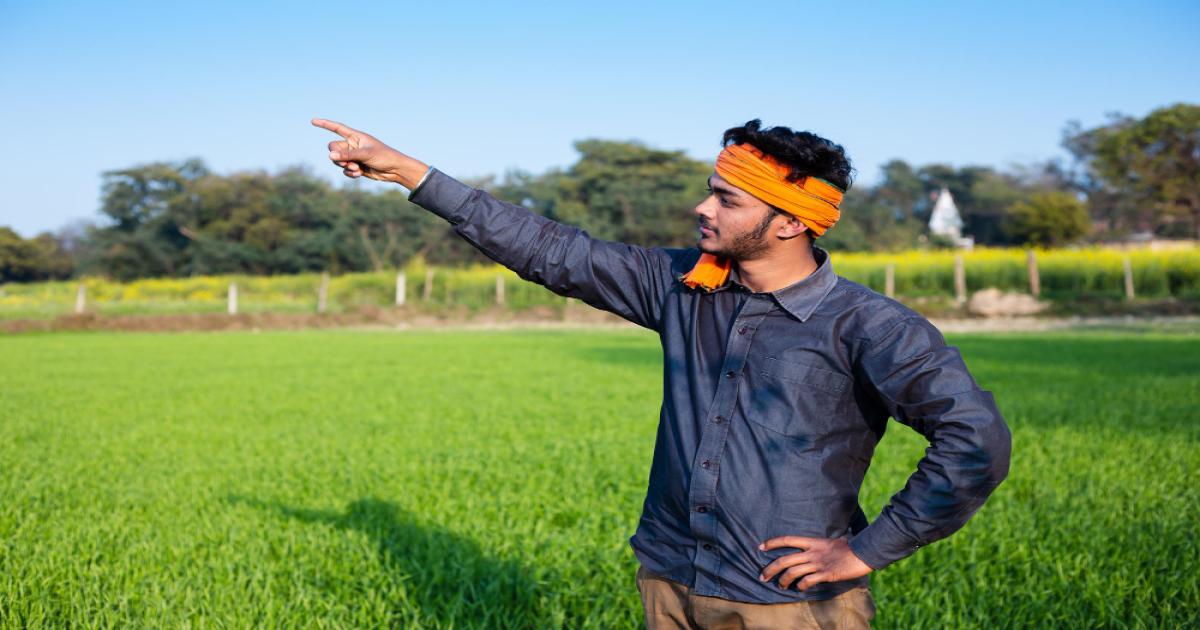
After the first week of February, the harvest of most crops grown during the Rabi season begins across the country. This year, temperatures have risen earlier than usual, leading to the early ripening of crops like chickpeas, lentils, peas, mustard, and flax. If your crops are also ready for harvest, it is crucial to be aware of some key points. Farmers often make mistakes during the harvesting process, which can directly affect the crop yield. Before you harvest, here are three important things to consider:
1. Avoid Irrigating Before Harvest:
Leguminous and oilseed crops don’t require excessive water for growth. Two irrigations are usually sufficient for these crops. Avoid irrigating the field 20-25 days before harvest. The soil should be completely dry to ensure that the crops can be harvested smoothly. If the soil retains moisture, the crops may uproot instead of being cut cleanly, requiring extra time and effort to remove soil from the produce.
Crops should be harvested once they have ripened, but care should be taken not to let them dry out completely. Over-drying can cause the pods to crack, leading to the seeds falling off in the field. When the leaves of the crops begin to turn yellow, it is the right time to start harvesting. Even after harvesting, the remaining moisture in the crops will gradually dry out.
3. Don’t Leave Crops in the Field After Harvest: Some farmers leave the harvested crops in the field, which can lead to various problems. With the hot winds, the harvested crops can scatter, causing seeds to drop and be lost. Additionally, leaving crops in the field can attract stray animals, which may damage the produce. Unseasonal rainfall can also harm the crops. To avoid these risks, it is essential to store the harvested crops in a safe, dry place like a threshing yard immediately after cutting. By following these guidelines, you can ensure that your harvest is handled efficiently and your yield remains high in quality and quantity.